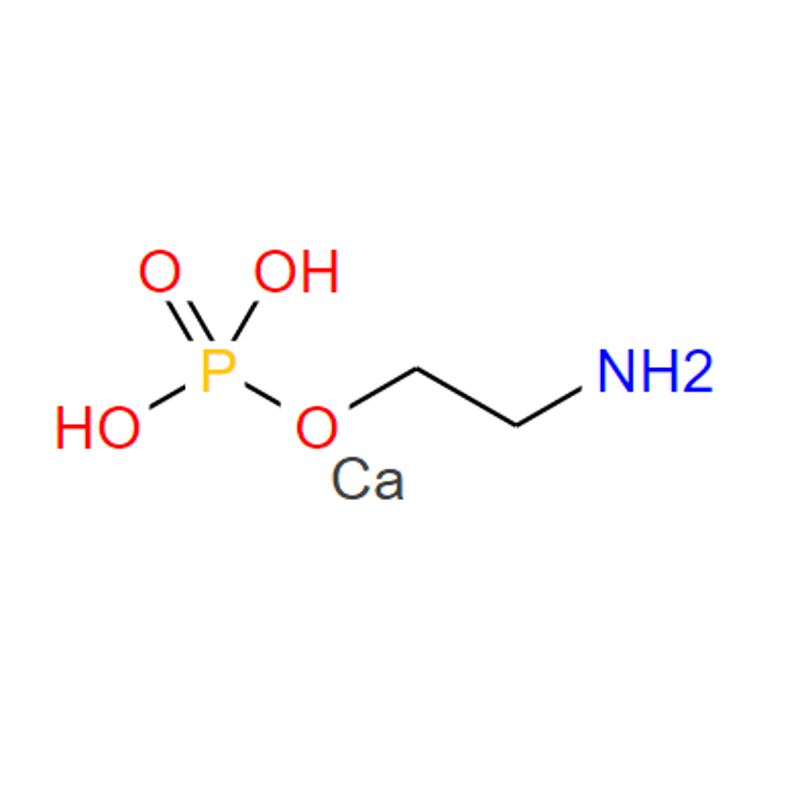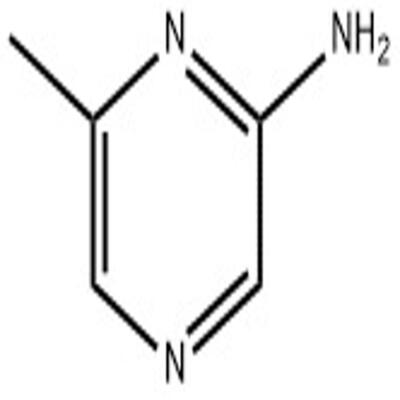-
Categories
-
Pharmaceutical Intermediates
-
Active Pharmaceutical Ingredients
-
Food Additives
- Industrial Coatings
- Agrochemicals
- Dyes and Pigments
- Surfactant
- Flavors and Fragrances
- Chemical Reagents
- Catalyst and Auxiliary
- Natural Products
- Inorganic Chemistry
-
Organic Chemistry
-
Biochemical Engineering
- Analytical Chemistry
-
Cosmetic Ingredient
- Water Treatment Chemical
-
Pharmaceutical Intermediates
Promotion
ECHEMI Mall
Wholesale
Weekly Price
Exhibition
News
-
Trade Service
3-Chloro-6-piperazinopyridazine Hydrochloride, also known as BMY-28152, is a pharmaceutical compound that has recently gained attention in the chemical industry due to its potential therapeutic properties.
As a chemical intermediate, 3-Chloro-6-piperazinopyridazine Hydrochloride can be used in the production of various downstream products, such as pharmaceuticals, agrochemicals, and research reagents.
Upstream and Downstream Products of 3-Chloro-6-piperazinopyridazine Hydrochloride
The production of 3-Chloro-6-piperazinopyridazine Hydrochloride involves several upstream processes, which include the synthesis of its starting materials, such as 2-cyanopyridine and 6-piperazinopyridine.
The synthesis of these starting materials involves several chemical reactions, including nitration, cyanation, and condensation reactions.
Once the starting materials are synthesized, they can be combined to form 3-Chloro-6-piperazinopyridazine Hydrochloride through various condensation and chlorination reactions.
The final product is then purified and crystallized to obtain a pure sample of 3-Chloro-6-piperazinopyridazine Hydrochloride.
Downstream Products
Once 3-Chloro-6-piperazinopyridazine Hydrochloride is synthesized, it can be used as a starting material to produce various downstream products.
One of the most promising downstream products is its use as an intermediate in the synthesis of antibiotics, such as macrolides, which are commonly used to treat bacterial infections.
3-Chloro-6-piperazinopyridazine Hydrochloride can also be used in the synthesis of other pharmaceuticals, such as anti-inflammatory drugs, antiepileptic medications, and anticancer agents.
Additionally, it can be used in the production of agrochemicals, such as herbicides, and research reagents for various biochemical assays.
Advantages and Limitations
One of the advantages of 3-Chloro-6-piperazinopyridazine Hydrochloride is its versatility in the synthesis of various downstream products.
Its use as an intermediate in the synthesis of antibiotics, anti-inflammatory drugs, and other pharmaceuticals highlights its potential as a building block in the production of important therapeutic compounds.
However, there are also limitations to the use of 3-Chloro-6-piperazinopyridazine Hydrochloride.
Its synthesis involves several chemical steps that require specialized equipment and expertise, which can increase the cost of production.
Additionally, the purity and quality of the final product can be affected by the purity and quality of the starting materials used in the synthesis.
Therefore, careful selection of starting materials and rigorous quality control are essential for the production of high-quality 3-Chloro-6-piperazinopyridazine Hydrochloride.
Conclusion
3-Chloro-6-piperazinopyridazine Hydrochloride is an important chemical intermediate that has various applications in the pharmaceutical and agrochemical industries.
Its synthesis involves several upstream processes, which can be complex and require specialized equipment and expertise.
However, its versatility as a building block in the synthesis of various downstream products highlights its potential as a valuable intermediate in the chemical industry.
As the demand for pharmaceuticals and other important chemicals continues to grow, the use of 3-Chlor







